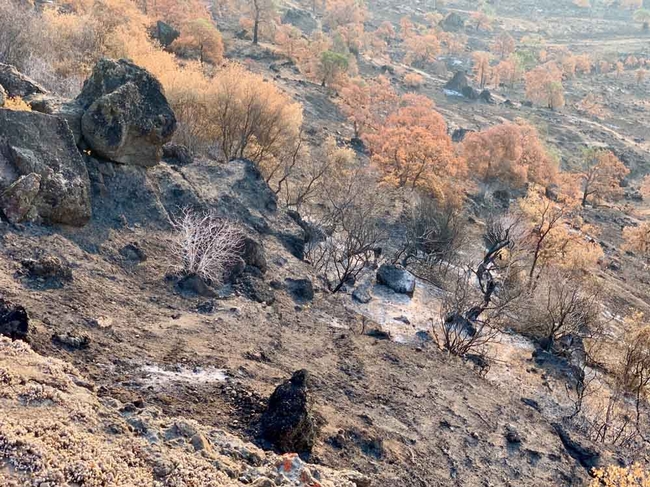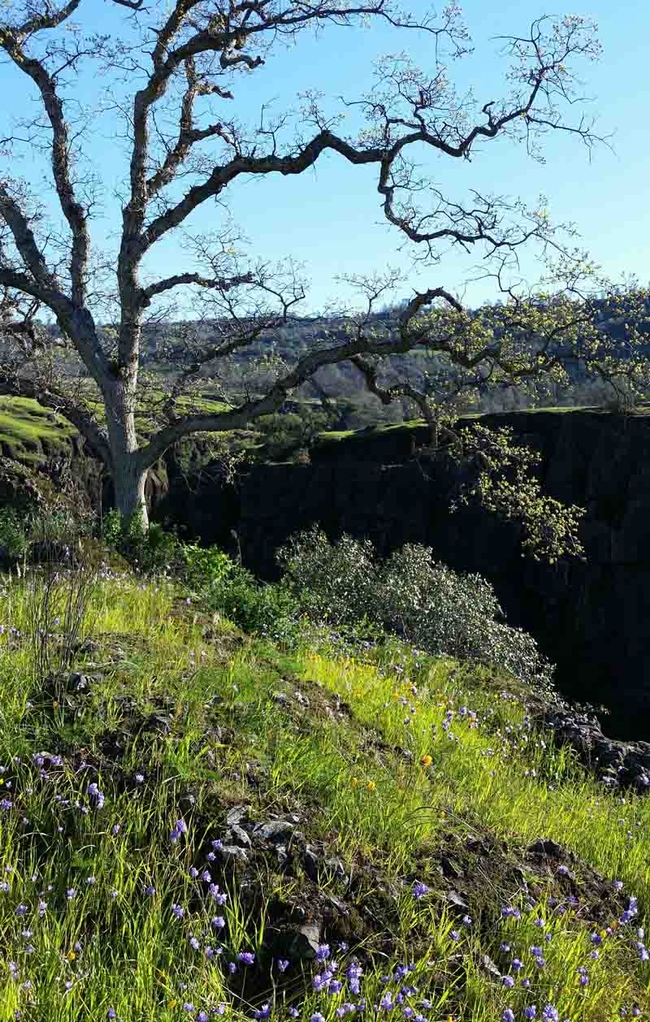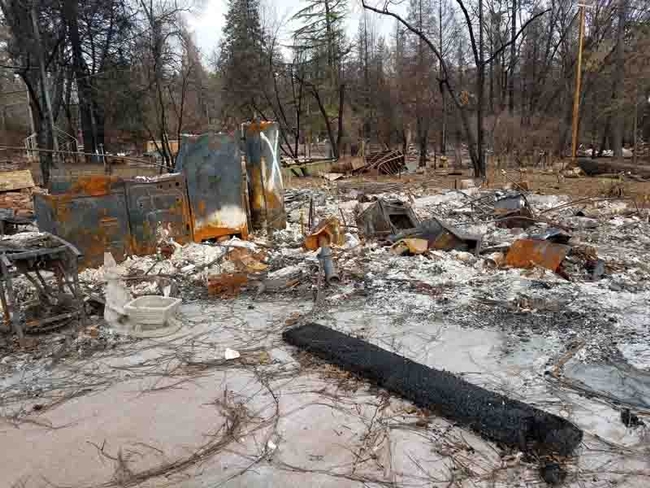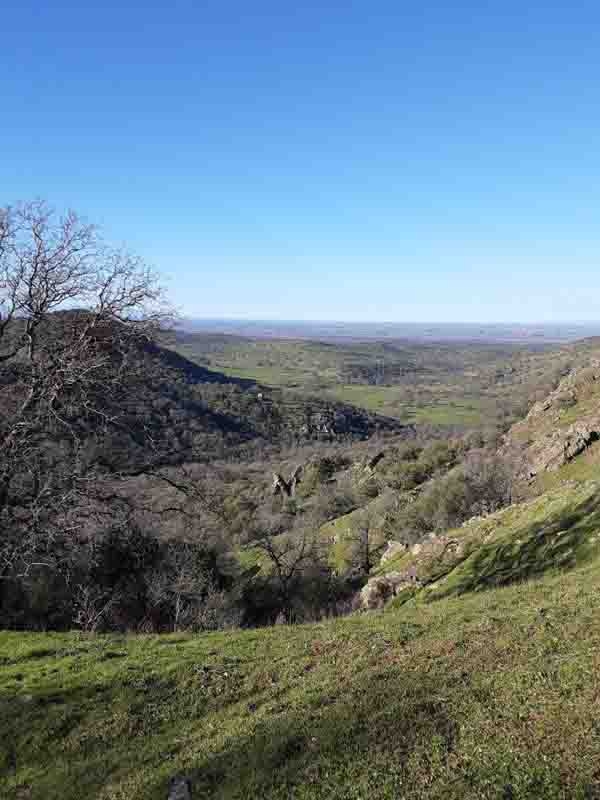I first heard the term on the local evening news in fall of 2018: Meteorologist Kris Kuyper was talking about hydrophobic soils. This potentially catastrophic natural phenomenon seems counterintuitive: soils which are damaged by the intense heat of fire become water repellent. Their post-fire inability to absorb and filter rainfall can cause problems with erosion and runoff. Adding insult to injury, fire also burns plant roots that can help stabilize the soil, and destroys plant stems and leaves that slow rainfall's contact with the ground surface, allowing more time for percolation into the soil.

According to an article by Douglas Kent (“First Aid for Sonoma County's Fire-Damaged Soil,” Santa Rosa Press Democrat, October 27, 2017), “erosion leaps as high as 200 percent following fires in urbanized areas.” The slopes and vales that comprise the mountain and foothill communities of our region mean that the immediate danger from water repellent soil comes in the form of flash flooding and the flow of debris and mud. Hydrophobia in burn-scarred soils makes them as water repellant as pavement, and the National Weather Service notes that it takes much less rainfall to cause a flash flood in post-fire landscapes. Their rule of thumb is “if you can look uphill from where you are and see a burned area, you are at risk.”

The type of soil and the intensity of the fire determine how deeply hydrophobia penetrates the soil, and how long the condition persists. Paradoxically, the fastest draining soils (light, sandy soils with large pores) are the most prone to post-fire hydrophobicity because they transmit the heat more easily than heavy, dense, clay soils.
The depth of hydrophobic soils can range from one-half inch to three inches, but a depth of about one inch is most common, according to the University of Idaho Cooperative Extension System's Fire No. 5 publication. In some cases, the water repellant soil layer lies a few inches under the soil surface. Although hydrophobic soils can take up to six years to recover their ability to absorb and filtrate rainfall, in most cases this recovery takes about one year. Regardless of the physiology of hydrophobicity, what matters most is how to mitigate its effects.

To hold your ground:
- Clear drainage systems such as culverts, diversion ditches, or narrow swales, of debris. Clogged drains are a primary cause of erosion, even without fire damage.
- Divert water from areas originally designed to sheet runoff to the landscape: instead, redirect the runoff towards your newly cleared drainage systems or, if they exist, towards storm drain systems such as gutters. Use sandbags, diversion ditches, boards stacked on top of one another and staked in place, dry stacked walls, or bales to redirect water flow.
- Minimize foot and equipment traffic on burned landscapes. Such traffic can further compact already damaged soils on flat areas, and can weaken soil bonds and dislodge soil particles on slopes. Develop plans to restore your injured landscape before tramping on it, and keep all traffic to the bare minimum during restoration activities.
- Leave non-toxic debris in place wherever possible. Burnt plant remnants and other garden features can protect the landscape from wind and water erosion, and help protect any seeds and plants that survived the fire.

For more information on dealing with the effects of wildfire on soil, and landscaping with the possibility of fire in mind, see the Fire-Safe Landscape section of the UC Master Gardeners of Butte County website. Among other resources, it contains a link to “The New Normal: Rebuilding Soil After Fire,” a PowerPoint presentation from the UC Master Gardeners of Sonoma County which covers how wildfires affect soil, soil regeneration, and strategies for dealing with toxic soil.
UC Master Gardeners of Butte County are part of the University of California Cooperative Extension (UCCE) system. To learn more about us and our upcoming events, and for help with gardening in our area visit our website. If you have a gardening question or problem, email the Hotline at mgbutte@ucanr.edu or leave a phone message on our Hotline at 530-552-5812. To speak to a Master Gardener about a gardening issue, or to drop by the MG office during Hotline hours, see the most current information on our Ask Us section of our website.